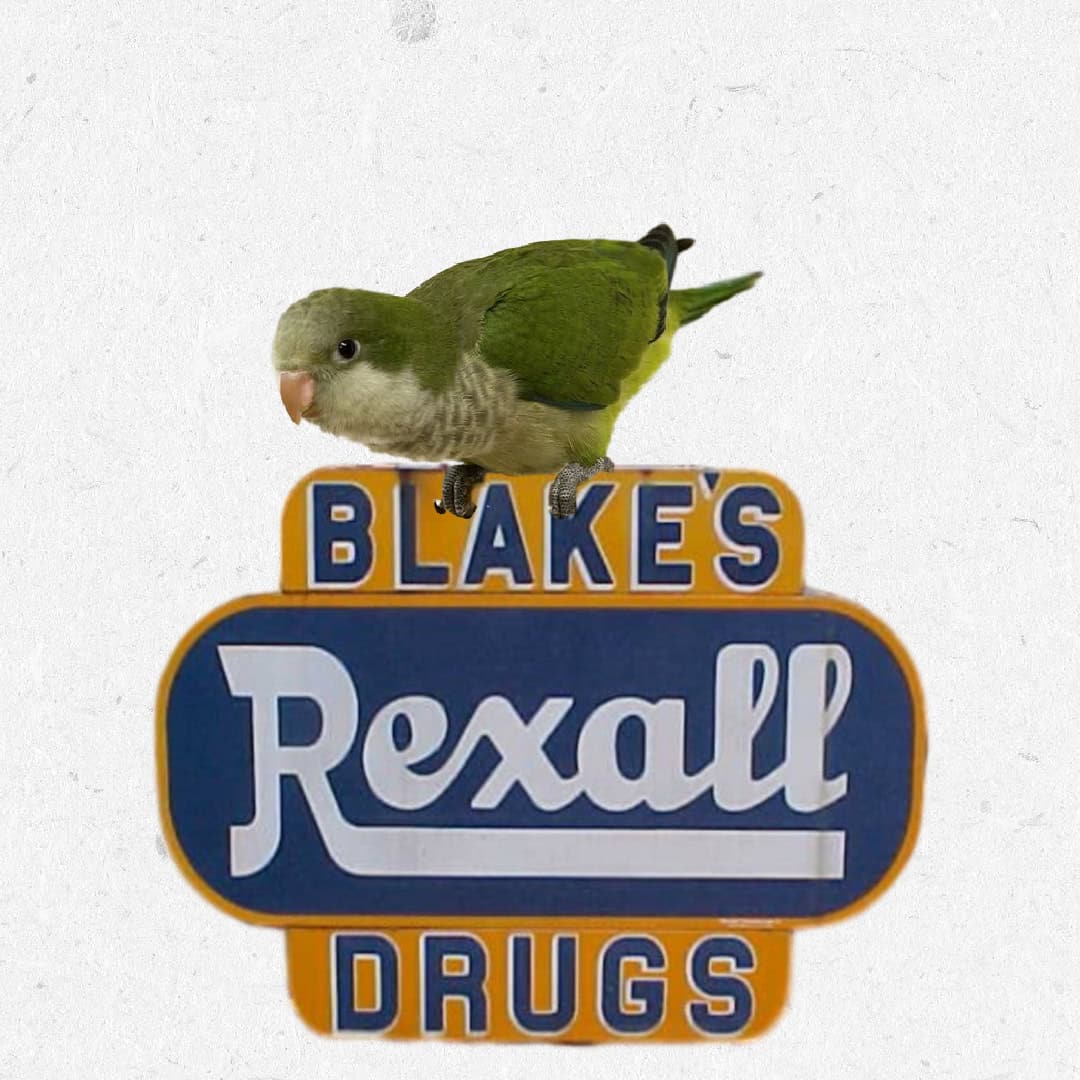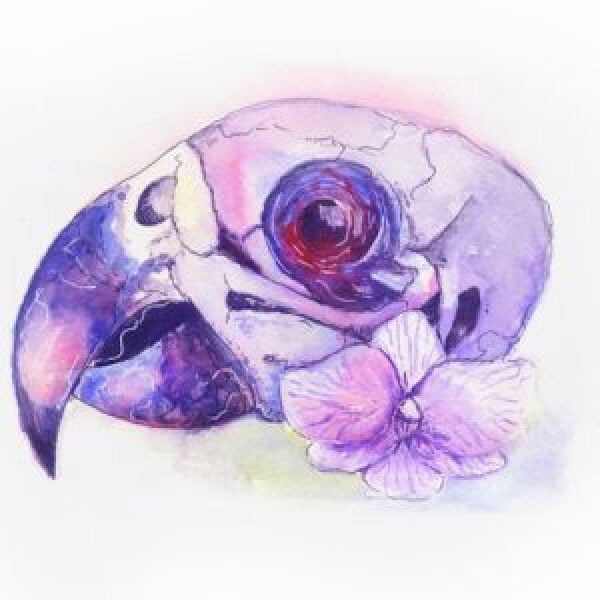
Exploring Zoopharmacognosy or Animals Self-medicating in Nature
Last Updated on by Catherine Tobsing
Recently we talked about how birds use ants for bathing and general cleanup.
While there’s less definitive evidence compared to mammals, there are some interesting examples of birds potentially using plants medicinally:
- Great Bustards and Parasite Control: A recent study suggests Great Bustards in Spain might be self-medicating. These large birds seem to favor consuming Corn Poppies and Purple Viper’s-bugloss more than expected. These plants contain compounds that have been shown in lab studies to fight parasites and pathogens, potentially benefiting the birds’ health.
- Starlings and Nest Hygiene: Starlings have been observed incorporating specific plants, like Yarrow and Elderberry, into their nests. These plants have natural antiseptic and insect-repellent properties, which might help keep the chicks healthy and free of parasites.
- Mexican House Finches: They line their nests with spent cigarette butts and filters. Somewhere along the way, they learned nicotine was a natural pesticide to keep mites and other vermin from attacking eggs and hatchlings
It’s important to note that, unlike mammals who might directly consume a medicinal plant, bird behavior related to plant use is more subtle. More research is needed to definitively prove birds are consciously using plants for self-medication. However, the evidence suggests they might be benefiting from the plants’ properties in some way.
We also talk about means methods to medicate your bird at home.
But have you ever wondered about some other examples of animals using plants for medicinal purposes?
- Chimps and Parasites: Chimps have been observed swallowing the leaves of Aspilia plants whole. These leaves are rough and irritate their gut lining, causing parasitic worms to detach and be expelled. Despite the unpleasant taste, chimps seem to understand the medicinal benefits.
- Orangutans and Pain Relief: In Indonesia, orangutans have been seen creating a foamy mixture by chewing the leaves of the Dracaena cantleyi plant and mixing it with saliva. They then rub this concoction on their bodies, possibly to relieve joint and muscle pain. Interestingly, local people also use this same plant for similar purposes!
- Elephants and Detoxification: Elephants in Africa have been documented consuming large amounts of clay, particularly after they’ve been eating fruit. Scientists believe the clay might help to absorb toxins from the fruit or soothe digestive issues.
- Bears and Wounds: Brown bears have been observed chewing on the bark of Alder trees. Alder bark contains salicin, a compound similar to aspirin, which might help the bears with pain relief or inflammation, especially after injuries.
- Monkeys and Upset Stomachs: Several species of monkeys, including spider monkeys and capuchins, have been seen eating leaves from Cecropia plants. These leaves have laxative properties, which might be helpful for monkeys experiencing digestive problems.
This is just a small sampling of the many documented cases of animals using plants for medicinal purposes. Researchers are constantly learning more about this fascinating behavior in the animal kingdom.
You’re exactly right! This fascinating field of study is called Zoopharmacognosy, which basically means “animals using medicines.” It’s like the animal kingdom’s version of a pharmacy. Here’s a deeper dive into this phenomenon:
- Plant Power: Animals have been observed using a surprising variety of plants for medicinal purposes. Chimpanzees, for instance, swallow the rough leaves of Aspilia plants to purge their gut of parasites. These leaves irritate the gut lining, causing the worms to detach and be expelled.
- More than Gut Relief: It’s not just about internal issues. Orangutans have been seen rubbing a foamy mixture made from saliva and Dracaena cantleyi leaves on their bodies, similar to how some people use topical pain relievers!
- Learning by Example: Scientists believe some animals learn this behavior from others. Just like us, they might observe older or wiser members of their group using specific plants and mimic their actions.
- Beyond Plants: The medicinal cabinet of the animal kingdom isn’t limited to plants. Some birds practice “anting,” where they rub ants on their feathers. The formic acid released by the ants can act as a natural insecticide!
- Inspiration for Us: Studying animal self-medication can benefit humans too. The chemicals found in the plants used by animals are being investigated for potential use in human medicines. The Aspilia plant used by chimps, for example, may also have antibacterial properties.
So next time you see your dog munching on grass (which they might do to soothe an upset stomach), remember, they’re just following an age-old instinct to use nature’s pharmacy!
Written and approved by Mitch Rezman and the Windy City Parrot Content Team
Author Profile
Latest entries
 The Traveling BirdJune 26, 2025Can You Name 5 Parrot Species That Are Living Wild in the USA?
The Traveling BirdJune 26, 2025Can You Name 5 Parrot Species That Are Living Wild in the USA? Bird BehaviorJune 26, 2025How is it Parrots Are Problem Solvers Social Animals and Even Use Tools?
Bird BehaviorJune 26, 2025How is it Parrots Are Problem Solvers Social Animals and Even Use Tools? Bird & Parrot AnatomyJune 25, 2025How a Tiny Chemical Modification Makes Parrots Nature’s Living Paintings
Bird & Parrot AnatomyJune 25, 2025How a Tiny Chemical Modification Makes Parrots Nature’s Living Paintings PigeonsJune 20, 2025How Do Parrots Thrive in Cities Outside Their Native Habitats?
PigeonsJune 20, 2025How Do Parrots Thrive in Cities Outside Their Native Habitats?


